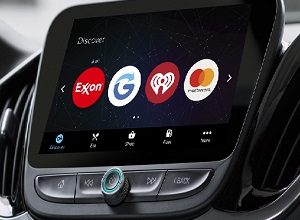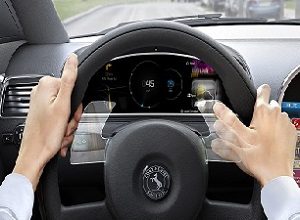How will X-By-Wire impact future mobility
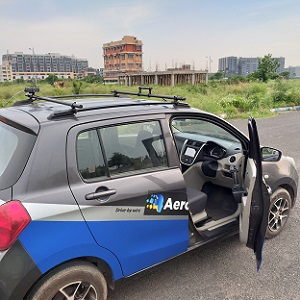
Automated driving will fundamentally change our approach to future mobility. How we translate a world of electrical impulses, digital information and vehicle telematics for safe and comfortable driving will determine the way we drive or are driven in the future.
What is X-by-wire
A technology known as X-by-wire and popularly known as Fly-by-wire in the aviation industry could redefine and radically change the way we drive in future. In a typical modern-day vehicle equipped with a drive-by-wire system the driver does not have any “direct” control or mechanical link to the steering and braking system and will rely mainly on electronics to control a wide range of vehicles operations, including acceleration, braking and steering or gear-shift . “By-wire systems offer in-direct control allowing for layers of safety and intelligence in between the driver and the vehicle”. From modern day ADAS features such as ACC adaptive cruise control, LDW Lane detection & departure warning , AEB Autonomous electronic braking , self-parking and collision avoidance to full autonomous driving is all made possible by drive-by-wire technology. Autonomous vehicles cannot move an inch without drive-by-wire technology.
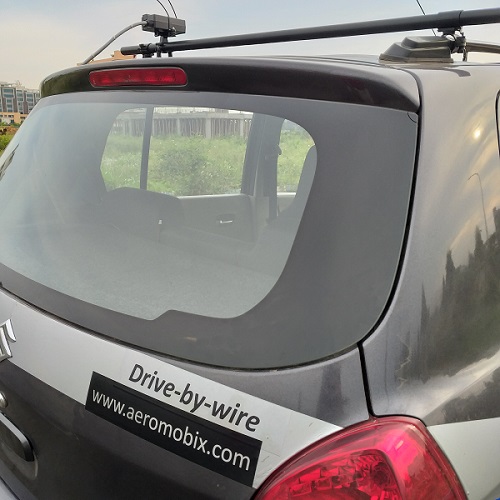
Current challenges
Drive-by-wire systems are indispensable to any autonomous or smart future mobility platform. Connected vehicles exchange vital information and V2V, V2I and V2X technologies are racing to make a mark in future mobility but at some point this exchange of information needs to translate and render into vehicle motion and be able to steer or brake the vehicle on its own , which is only possible by deployment of by-wire technology. This in our opinion will empower the above & forthcoming technologies in the real sense.
However, Presently, there seems to be a lurking fear of physical “detachment” and letting go of the existing steering wheel or the brake pedals that provide a sense of “safety” to the driver over fully electronic systems which is quite natural. It is after all a habit and trust built over 100 years in automotive history. But with time as drive-by-wire systems prove its reliability and supersede mechanical drive systems with its clear and distinct advantages, this fear is bound to pass with time.
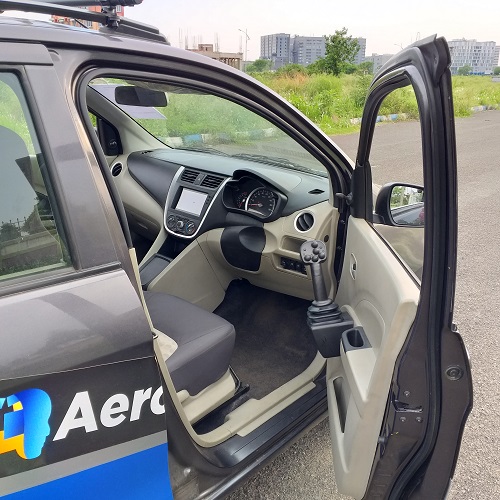
System reliability and redundancy. The Big question.
Redundancies tend to make any system more complex with added components, parallel systems and sub-systems. As a system engineer, we feel the safety and reliability does not entirely depend on system redundancy but the ability to detect or rather predict a probable failure and be able to bring any vehicle to a safe stop. If autonomous vehicles are to gain consumer confidence, they will have to be proven safe and must emain manoeuvrable even when navigation is interrupted or a subsystem fails. The challenges in development of safer systems lie in creating intelligent solutions for these indispensable redundancies at an acceptable cost. The redundancies can be created inside or outside the system. As we develop drive-by-wire steering and braking system we feel that some systems and sub-systems just cannot be allowed to fail and the bottom line is that we cannot have redundancy over everything. Hence our proprietary non-redundant safety system (NRSS) is a highly intelligent solution to this problem and will most certainly send our competitors back to the drawing board!
Author: Anuj Agarwal, Founder/Director, Aeromobix Systems Pvt Ltd
The Journey of Aeromobix: Like everyone else, we picked our own battles foreseeing the immense future for SBW and BBW systems backed by our 15 years of R&D. Currently, The global drive-by-wire market is valued at USD 19.49 billion and is projected to grow at a CAGR of 8.86% during the forecast period and reach USD 34.63 billion by 2025 and then grow exponentially. Every car that we then see on the road will be equipped with a by-wire control system. Fewer components, modular design, improved reliability, intelligent & safety features make it a synonymous choice over conventional systems.
~ Anuj Agarwal
Published in Telematics Wire

